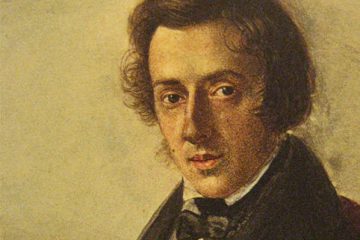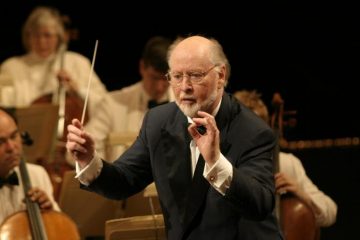Blogs
Ruth Gipps ‘Song for Orchestra’: A Short Tone Poem
Ruth Gipps: Song for Orchestra Context By the time of her death in 1999, Ruth Gipps had an incredible oeuvre of music to represent her career throughout the 20th century. A pupil of Gordon Jacob, Arthur Alexander and Ralph Vaughan Williams whilst at the Royal College of Music, Gipps multitasked Read more…


